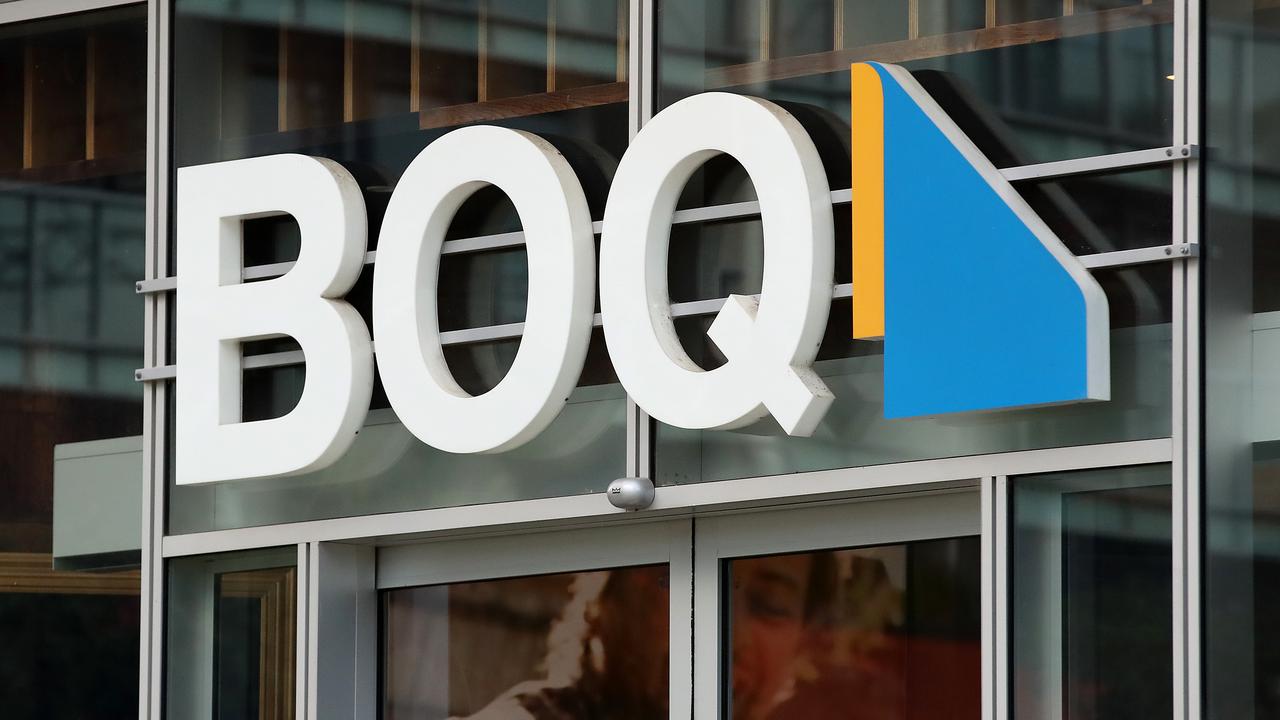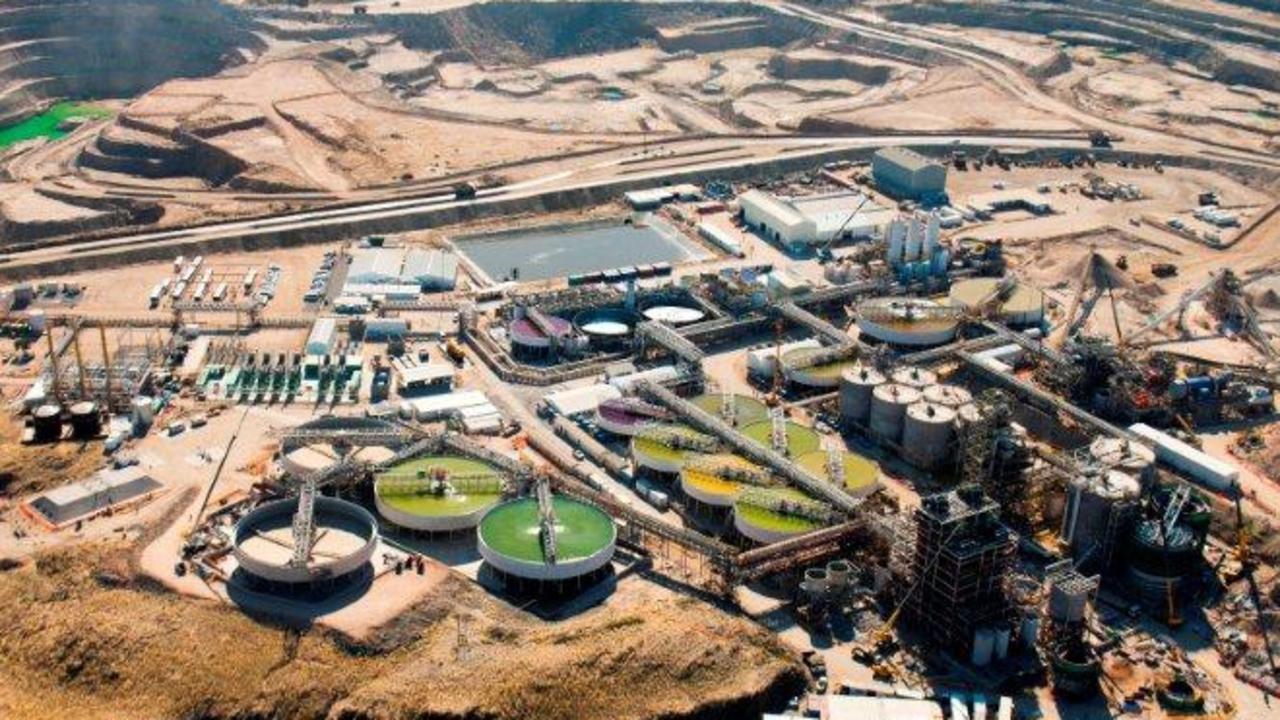Australian Retirement Trust cools on private credit, warns of lower lending standards
The super fund has cooled on private credit as demand for the asset class soars, warning of lower lending standards and reduced returns as investors rush in.

Business
Don't miss out on the headlines from Business. Followed categories will be added to My News.
Australian Retirement Trust has cooled on private credit as demand for the asset class soars, with the superannuation fund warning of lower lending standards and reduced returns as investors rush in.
It comes as ANZ boss Shayne Elliott warned of the need for regulatory intervention in the booming sector amid its growing influence over the broader lending landscape.
Speaking exclusively to The Australian, ART head of investment strategy Andrew Fisher said investors chasing a tactical tailwind in private credit, now a multi-trillion-dollar industry around the globe, had probably already missed it.
“We were very enthusiastic about (private credit) over the last 12 to 18 months. It’s not that we don’t like it anymore, but it’s not nearly as compelling as it was 18 months ago,” Mr Fisher said.
“If more people are supplying capital in the space, then at the margins you expect spreads to compress a little, and yields will go down. So there’s definitely the supply/demand element.
“There’s also a tendency for underwriting to perhaps not be as stringent as it might be. So … we probably need to be a bit more judicious in the decisions we make in the space, and more due diligence is required,” he said.
As the nation’s second largest super fund casts a more critical eye over investing in the booming asset class, Mr Elliott warned private credit players had the potential to affect both borrowers and investors who funded their lending.
“Regulators should be all over this and thinking about it,” Mr Elliott told The Australian. “They’re going to have to come to a decision soon.”
Private credit has been one of the hottest asset classes of recent years as investors hunt for yield, with promises of low risk and double-digit returns.
At $US2 trillion ($3 trillion) globally by some estimates, private credit, also known as private debt or direct lending, is now 10 times larger than it was 15 years ago, with investors, including Australia’s big super funds, chasing returns from lending to businesses and developers looking to bypass the banks.
But the rush into the opaque asset class has caught the attention of regulators, both at home and abroad. The Australian Prudential Regulation Authority and the Australian Securities & Investments Commission have both increased their monitoring of private finance risks.
The nation’s largest super fund, the $330bn AustralianSuper, earlier this year outlined its ambitions to triple its exposure to global private credit by the end of the decade through a mix of direct lending by its in-house private credit team and strategic partnerships with specialist managers. At the time its exposure to the segment amounted to $7bn.
But the fund was caught out when it was forced to write off more than $1.1bn in equity and loans to US online education firm Pluralsight.
With 5 per cent of the fund’s assets tied up in private credit, ART’s exposure, at $15bn, is more than double AustralianSuper’s.
Mr Fisher said in the current environment ART was doing “less of the higher-risk mezzanine financing” after being in the space “for a while”.
While the fund has cooled on what he said was the riskier end of the asset class, it was still assessing opportunities in the middle market space, though more cautiously, including lending directly to small and medium businesses.
“There’s a lot of opportunity, but you’ve got to be more cautious in this environment than a year ago,” Mr Fisher said.
Mr Fisher was speaking after APRA released, for the first time, a comprehensive analysis of how super funds spend members’ money.
ART clocked up $425m on investment spend in the 2023 financial year, coming in behind Aware Super’s $483m and the biggest spender, Australian Super, at $700m. The three funds are the largest in the nation, with combined assets under management of about $800bn.
Alongside investments, ART topped the list for administrative expenses over the 12 months to the end of June 2023, at $656m. The fund spent $42m on marketing in the year.
ART earlier this year raised its annual fees as it pushed millions of its members up the risk curve, shifting them from the “balanced” option to the riskier high-growth investment option in a bid to turbocharge returns.
For the vast majority of its 2.4 million members, fees rose from an estimated $472.40 a year in the balanced pool with a balance of $50,000, to $517.40 a year in the high growth pool.
ART was already on the higher end for fees when compared to its peers. AustralianSuper’s annual fee on a $50,000 balance is $382, while Unisuper charges members about $350 a year.
Mr Fisher said ART had a five-year strategy to lower investment fees and the fund expected them to track down steadily each year.
ART sees opportunities in real assets, particularly the unloved office space.
“Going forward, we’ll be looking at real estate and infrastructure over the next couple of years, that’s where we’ll be deploying funds,” he said.
“Over the next three years we’ll see opportunities in the office space, I think that (decline) has been a little overdone.”
Office fund valuations are down 27 per cent from their 2022 peak.
And despite predictions of a dramatic turnaround in US equities – some strategists see US equities delivering returns of just 3 per cent per annum for the next decade – Mr Fisher was more optimistic.
“The capacity for US equities to continue to deliver is very hard to deny. I’m always cautious on chasing returns, but the earnings growth (in the US) has been very good. It’s a dynamic economy; it’s an economy that thrives.
“Earnings growth continues to be strong, and (although) the Magnificent Seven look expensive, they also deliver earnings that tend to justify (the valuations).”
Originally published as Australian Retirement Trust cools on private credit, warns of lower lending standards







